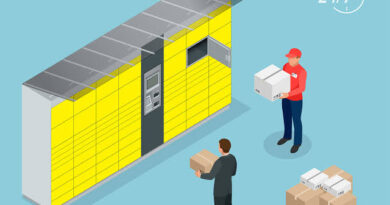What Is Proof of Stake In Cryptocurrency?
Proof of Stake in cryptocurrency is a controversial issue. Many people do not understand how it works, and many others think that Proof-of-Stake is an unnecessary system. This article seeks to answer the question “What Is Proof of Stake In Cryptocurrency?” by providing a brief explanation of what proof-of-stake is, how it works, and the benefits and drawbacks of using it.
Proof-of-stake is a system that allows cryptocurrency miners to validate transactions on a blockchain by staking their coins. In order to be eligible to validate transactions, miners must first stake a certain number of coins. The more coins are staked, the greater the chance of being chosen to validate a transaction.
Miners are chosen at random to validate transactions, and the selection process is weighted by the size of each miner’s stake. This is very important information for anyone interested in being a crypto miner.

Benefits of Proof-of-Stake
Proof-of-stake offers several advantages over proof-of-work systems. While a proof-of-work system requires miners to spend a large amount of money on hardware and electricity in order to participate, a proof-of-stake system requires no specialized hardware at all.
This means that anyone with coins in their wallet can become a miner by simply sending the coins to themselves. Additionally, because no specialized hardware is required, a proof-of-stake system has much lower barriers to entry than a proof-of-work system.
Anyone with coins in their wallet can become part of the network simply by sending coins to themselves. This means that there are no large mining conglomerates because anyone with coins in their wallet can mine, and mining conglomerates are usually formed out of the necessity to amass enough hardware to successfully mine.
The low barriers to entry also mean that the transaction fees are much lower than they would be on a proof-of-work system because anyone with coins in their wallet can become part of the Immediate Edge network simply by sending coins to themselves.
Proof-of-stake also has the advantage of being more environmentally friendly than proof-of-work. Proof-of-stake systems do not require miners to use large amounts of electricity in order to validate transactions.
Drawbacks of Proof-of-Stake
Although there are many advantages to using a proof-of-stake system, there are also some drawbacks. One of the biggest issues with proof-of-stake is that it can be very difficult to get started in a proof-of-stake system. In order to be eligible to validate transactions, miners must first stake a certain number of coins.
This means that new entrants into the network must have enough coins to stake, which is not always the easiest thing to do. Additionally, because network security is proportional to one’s stake in the network, there are security implications for those who do not own a significant number of coins.
It may not be profitable or safe for small players to enter into a proof-of-stake network. This could lead to a situation where only the wealthy are able to validate transactions, which is not ideal for a blockchain-based system.
Conclusion
In conclusion, proof-of-stake is a key component of many cryptocurrencies. While it has some drawbacks, such as the barrier to entry and the security implications for those who do not own a significant number of coins, it also has many advantages, such as the low barriers to entry and the lack of specialized hardware requirements.
If you are just getting into the cryptocurrency world, it is important to understand the advantages and disadvantages of using a proof-of-stake system. By understanding how these systems work, you will be able to make better-informed decisions about which cryptocurrencies you want to invest in and why.



